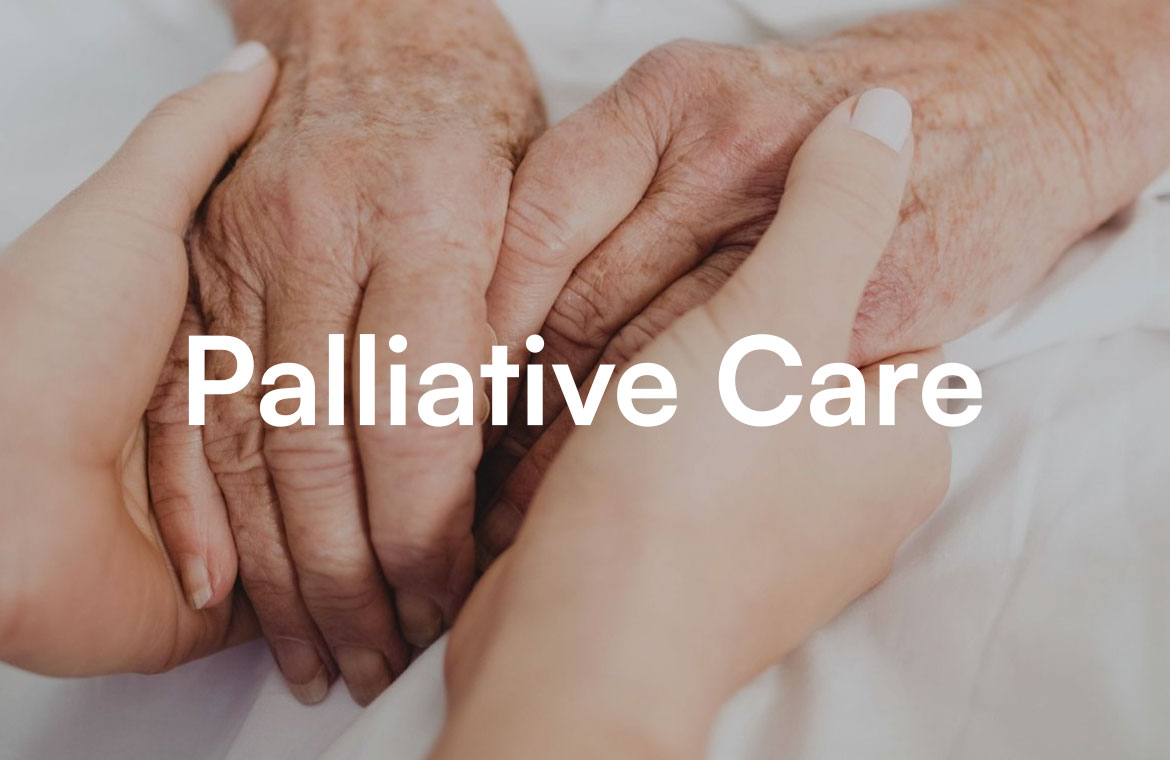‘What are the main problems that you experience in this community?’
We were conducting a panel meeting with some people from a poor, difficult and generally disreputable slum. This included a school principal, NGO members, UPHC doctors, a women’s self-help group leader and a rickshaw-driver.
‘Addiction.’
‘Addiction.’
‘Addiction.’
If there was one thing that our diverse group agreed upon, it was that addiction was the biggest problem in their community.
‘Children as small as 11-year-olds are found with tobacco. They’re sent to buy addictive substances for elders, and then they also experiment and get addicted.’
One by one, all echoed the same. The womens’ self-help group leader narrated stories of the domestic violence faced by women from drunk husbands. She also talked about the financial hardships faced by households where all money was spent on addiction.
‘It’s the worst thing ever invented. It ruins life, it ruins savings,’ said the rickshaw-driver. ‘It doesn’t even truly reduce stress.’
Evidently most of their major health problems were either caused or exacerbated by the problem of addiction.
Medicine was one of my favourite subjects in undergrad. The first clinical case that we were taught, and given repeatedly (as it was the commonest cause for admission) was ascites. Patients with Alcoholic Liver Disease, with the abdomen swollen like a balloon, caput medusae veins prominent.
Conversations with these patients were… bewildering. These were alcohol addicts, who came repeatedly to the hospital for ascitic taps. And even when their health had declined so much, they continued to drink. We judged them to be weak losers.
Then came internship.
While we’d been confined to academics earlier, now we ground day and night in the hospital. It was incredibly stressful compared to before and physically demanding.
That’s when most started smoking. If there were any free evenings, we’d go out with seniors and party in pubs. It also seemed a symbol of freedom and rebellion against childhood rules.
Everyone said – it’s just a beer, it won’t do anything! We all have it – do you see any of us having problems?
But the truth was, some did start having problems. Some became chainsmokers, some spent all their stipend on drinks. Some puked and were absent the next day after an episode of binge-drinking. It was essential to deal with the stress, they said. But the problem was in the person, we believed. They were weak.
I think those words have harmed more people than any others. Not only does it discourage those who are addicted from seeking help, but it’s also one of the biggest lies told.
The truth is, no one, including our patients, starts an addiction with the intention to become an addict with ALD, lung cancer or runamok. It is vital to realise this. It’s always ‘just the occasional stress-buster’. Still, some people of a class of hundred will end up addicted, and there’s no way to tell beforehand who those are going to be.
The problem is with the substance, not the person.
Maybe this realisation came after a belief-changing webinar. Or was it the unexpected suicide of someone close to me, whose life has been ruined by alcohol? But that’s another story.
The point is, more evils have been caused by addictive substances than anything else. From the rapid spread of HIV among I.D.U.s to the crimes and suicides committed under the influence of alcohol to the sinking of families into debt following a tobacco-related cancer or even simply the expenditure on addictions that the family can’t really afford, the consequences of substance use are myriad. WHO estimates that 3 million deaths every year are attributable to alcohol. Addictions cause distress for both patients and their loved ones.
Every doctor has an anecdote of lives ruined by addiction. The saddest I remember is of an 11-year orphan. He’d lived with his grandfather who struggled to make ends meet. To ‘alleviate stress’, his grandfather used tobacco. As he did not have the time to take care of his 3-year grandson, he introduced him to tobacco as well, to keep him quiet. When they arrived at the Palliative OPD, both had advanced oral cancer.
The ill-effects of alcohol, tobacco and cannabis are undeniable and well-documented.
It’s high time for us to recognise and assert that the problem lies with the substance. It is also essential to recognise these patients as part of our own community and be genuinely empathetic.
Addiction can be a chronic and relapsing disease, requiring empathy and support. While the best thing is to never start, once started, it’s never too late to quit. For quitting successfully, it’s best to seek help as early as possible but most delay that as they’re afraid of being judged even by healthcare providers. Stigma remains a barrier.
Addictive substances like wine, hookahs and bhang are an integral part of many cultures. However substance use disorders don’t discriminate and can affect anybody from any culture. For healthcare providers, it’s important to acknowledge this and take an approach of ‘cultural humility’. DSM-5-TR suggests that healthcare providers be mindful of cultural factors while counseling for substance use disorders. We need to be mindful of our own possible biases but guide patients to quit using evidence. This is a tall order and requires training and practice.
All mental health disorders are stigmatised, but some are stigmatised much more. Substance use disorders are probably the most stigmatised. They’re also among the commonest mental health disorders.
How much could we achieve as a society, not just in improving the lives of so many people, but also in terms of decreasing crime rates and making society a more peaceful place to live in, once we all started acknowledging that the problem is with the substance, and not with the person!





Such a good read!
This is so wonderfully written. Very insightful and at the same time so interestingly written. Eye opening!!
An excellent blog. It is high time that every household focusses on keeping each member aware about the dangers of addiction and takes preventing and proactive stand. Every child is protected from the FIRST exposure to any addictive substance.